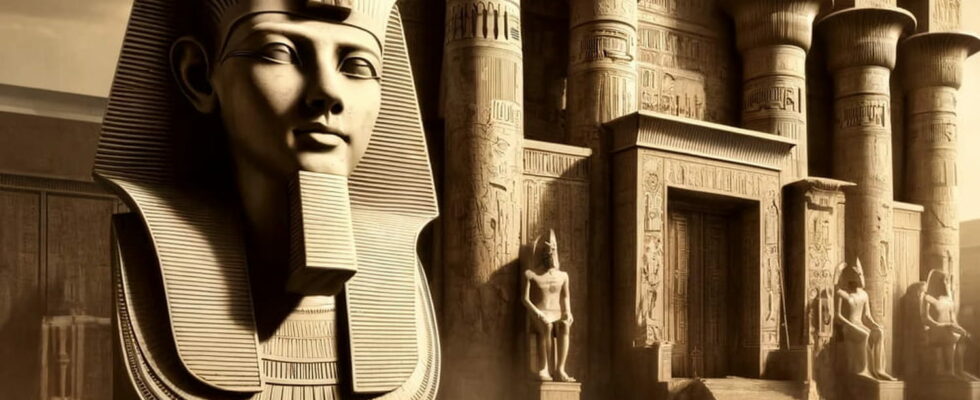This 3,400-year-old palace, once home to Egypt’s most powerful pharaoh, is full of surprises.
Nicknamed by some “Napoleon of Egypt”, Pharaoh Thutmose III is certainly the most powerful pharaoh of ancient Egypt as he expanded his kingdom. The fame of the Egyptian leader who lived 3000 years after the creation of the pyramids is however not up to his reign. Fallen into the oblivion of history to the detriment of his mother-in-law Hatshepsut, first queen of Egypt, Thutmose III will have nevertheless done everything to make people forget the one who stole twenty years of his reign. The tyrant eager for conquest will have led battles from Libya to Syria and seized kingdoms that were full of treasures to the point of making him the richest man in the world.
Several of his battles have been transcribed to testify to his military genius and provide important information on the development and expansion of the kingdom of Egypt around 1481 to 1425 BC, the dates of his life. And the discovery of a palace attributed to him should provide new information on the reign of this pharaoh who was as powerful as he was little known.
Through its Facebook account, the Egyptian Ministry of Tourism and Antiquity recently published a press release accompanied by photos revealing the discovery of a “fortified royal rest area” dating from the time of the pharaoh. Located in Tel Hawba in an archaeological zone in the north of Sinai, this vast palace of which only a few remains remain, is said to have been built for the sovereign to rest there during a military campaign in the region.
From the royal complex, archaeologists have found traces of two large rectangular halls connected by doors located to the east and west, as well as a series of corridors and rooms all decorated with pillars and adjoining the second, smaller hall. The large main hall includes three bases of limestone columns and a large entrance located to the north of it. These different spaces would have been used to receive the pharaoh and his generals and to organize military and administrative meetings but also festivals celebrating the great conquests in the east of Egypt.
According to the secretary general of the Supreme Council of Antiquities, the mud brick building is an important discovery “because it reveals more important information about the military history of Egypt during the New Kingdom, especially in Sinai.” The architectural complexity of the royal house suggests that the building was strategically designed for the safety of its inhabitants and the confidentiality of military decisions that led to the construction of the largest kingdom in Egypt.

